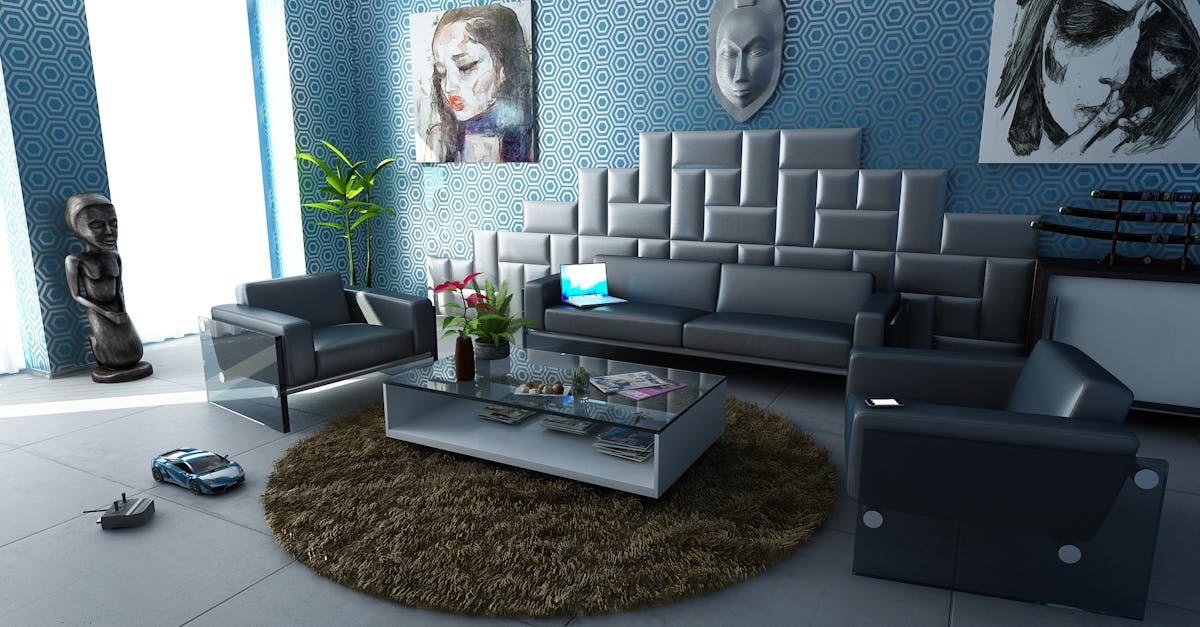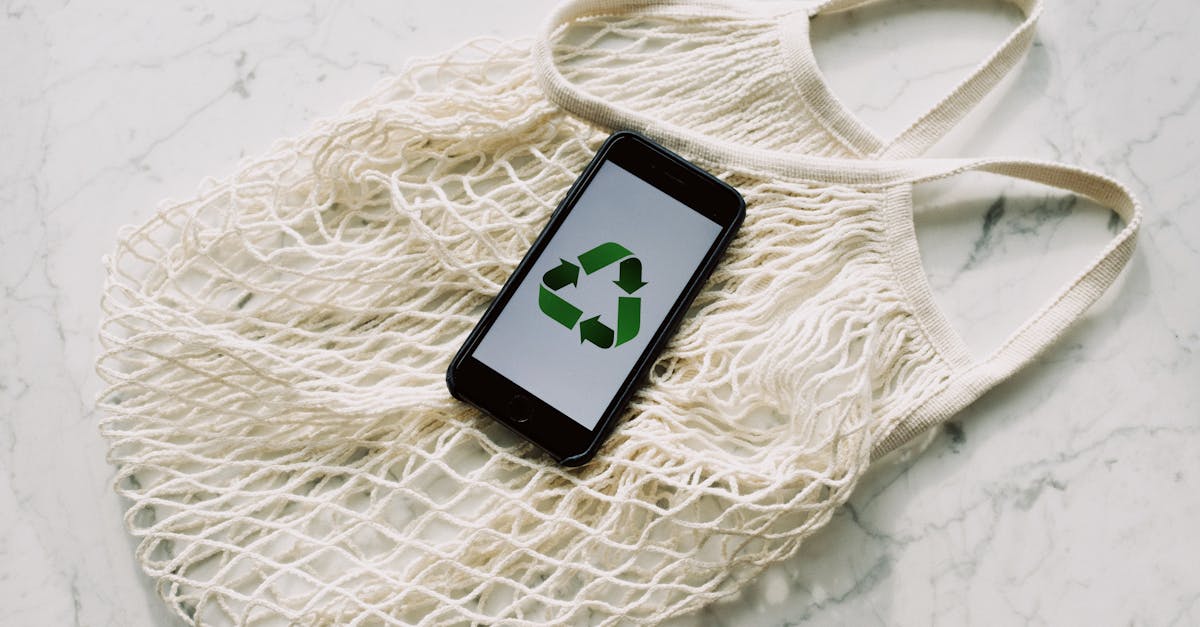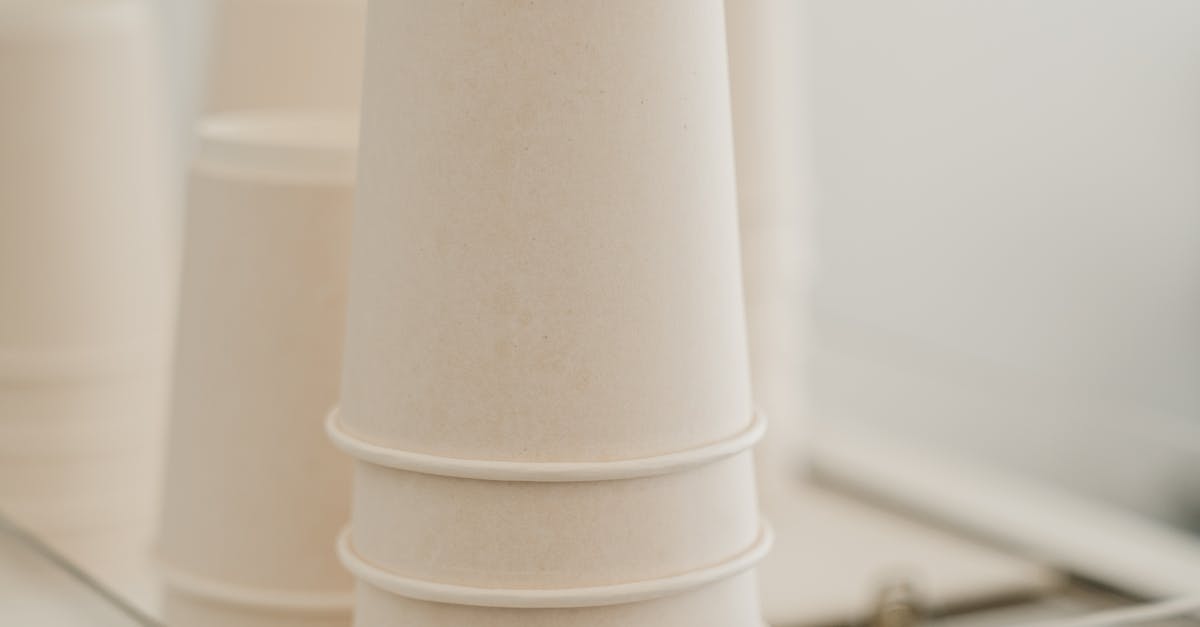
Table Of Contents
Exploring Sustainable Design vs. Eco Design
Sustainable design and eco design share the common goal of reducing environmental impact, but each approach diverges in its focus and principles. Sustainable design encompasses a broader scope, considering not only environmental factors but also social and economic aspects to create long-lasting solutions that benefit the planet and its inhabitants. Eco design, on the other hand, places a stronger emphasis on minimizing environmental harm through the selection of materials and processes that have a lower ecological footprint. In the realm of architecture and urban planning, these distinctions manifest in various ways, shaping the design philosophy and outcomes of projects such as Sustainable Design in Kitchener.
While sustainable design aims for holistic sustainability, incorporating elements like energy efficiency, waste reduction, and community engagement, eco design is primarily concerned with immediate environmental concerns like pollution, resource depletion, and habitat destruction. This distinction is critical as it influences the decision-making process for designers and architects when selecting materials, technologies, and strategies. By understanding the nuances between sustainable design and eco design, professionals can tailor their approaches to address specific challenges and opportunities, fostering a more resilient and harmonious relationship between human activities and the natural environment in initiatives like Sustainable Design in Kitchener.
Defining Sustainable Design
Defining Sustainable Design
Sustainable Design encompasses the practice of creating products, buildings, and systems that are mindful of the environmental, social, and economic impacts throughout their lifecycle. It focuses on reducing carbon footprints, minimizing waste production, and promoting energy efficiency. In Markham, Sustainable Design is a growing trend that integrates sustainable practices into architecture and urban planning to foster a more eco-conscious community.
The essence of Sustainable Design lies in the careful consideration of every design element to ensure that it is not only aesthetically pleasing but also environmentally responsible. By incorporating renewable resources, maximizing energy efficiency, and reducing greenhouse gas emissions, Sustainable Design in Markham strives to create a more sustainable and resilient environment for current and future generations.
Key Principles of Sustainable Design
Sustainable Design in Brampton focuses on creating buildings and structures that have minimal impact on the environment while promoting social well-being and economic prosperity. One of the key principles of sustainable design is energy efficiency. This involves optimizing the use of natural light, employing energy-efficient appliances, and utilizing renewable energy sources such as solar panels or geothermal heating systems. By reducing energy consumption, sustainable design not only minimizes the carbon footprint of a building but also decreases utility costs for the occupants.
Another essential principle of sustainable design is water conservation. Designing buildings with water-efficient fixtures, greywater recycling systems, and sustainable landscaping practices all contribute to reducing water waste and promoting responsible water usage. Beyond conserving water resources, sustainable design also considers the overall lifespan of a building by using durable materials that require minimal maintenance and can be recycled or repurposed at the end of their use. By incorporating these key principles, Sustainable Design in Brampton aims to create a built environment that is not only environmentally friendly but also economically viable and socially equitable.
Prioritizing Environmental Impact in Eco Design
One of the fundamental aspects of eco design is the prioritization of environmental impact. In Vaughan, sustainable design practices focus on minimizing harm to the environment throughout all stages of a product's life cycle. This involves considering aspects such as reducing carbon footprint, conserving resources, and avoiding toxic materials in the production process. Sustainable Design in Vaughan emphasizes the importance of adopting renewable energy sources and implementing efficient waste management systems to decrease the overall ecological footprint of a design project.
Furthermore, eco design in Vaughan places significant emphasis on the selection of materials with minimal environmental impact. This involves assessing the life cycle of materials used in design projects, from extraction to disposal, to ensure they align with sustainable practices. By prioritizing materials that are recyclable, biodegradable, and sourced ethically, eco design aims to create products that not only serve their purpose effectively but also contribute to the overall well-being of the ecosystem. Sustainable Design in Vaughan, thus, seeks to redefine the design process by integrating environmental considerations at the core of every decision made.
Materials Used in Sustainable Design
Sustainable Design in Kleinburg places a strong emphasis on the materials utilized in the construction process. These materials are carefully selected to minimize environmental impact and promote longevity. Sustainable materials often include recycled components, renewable resources, and those that have minimal negative effects on ecosystems. By prioritizing the use of sustainable materials, designers in Kleinburg aim to create buildings that not only last for generations but also contribute positively to the surrounding environment.
Furthermore, sustainable design in Kleinburg also focuses on sourcing materials locally whenever possible. This not only reduces the carbon footprint associated with transportation but also supports the local economy. By using materials that are readily available in the region, designers can minimize the environmental impact of their projects and build stronger connections with the community. Sustainability is not just about the end product but also encompasses the entire lifecycle of the materials used in construction.
Evaluating Materials in Eco Design
Evaluating materials in eco design is an essential aspect of ensuring that environmental impact is minimized throughout a product's lifecycle. Sustainable Design in Markham emphasizes the significance of choosing materials that are renewable, recyclable, and non-toxic. By carefully evaluating the lifecycle of materials, designers can determine the overall sustainability of a product, from production to disposal.
In eco design, materials are assessed based on their ecological footprint, energy consumption, and waste generation. Sustainable Design in Markham encourages the use of locally sourced materials to reduce transportation emissions and support the local economy. Additionally, designers strive to select materials that have a minimal impact on the environment and human health, fostering a more sustainable approach to design and production.
FAQS
What is sustainable design?
Sustainable design refers to the practice of creating products, buildings, and systems that are environmentally friendly, socially responsible, and economically viable over the long term.
What is eco design?
Eco design, on the other hand, focuses specifically on reducing the environmental impact of products and processes through their entire life cycle, from production to disposal.
What is the main difference between sustainable design and eco design?
While sustainable design considers a broader spectrum of factors such as social and economic impacts, eco design is primarily concerned with minimizing the environmental footprint of a product or system.
How do sustainable design and eco design intersect?
Sustainable design often incorporates eco design principles to achieve overall sustainability goals, making them complementary approaches to creating environmentally conscious solutions.
Can sustainable design and eco design be used interchangeably?
While there is overlap between the two concepts, they are not synonymous. Sustainable design encompasses a wider range of considerations beyond just environmental impact, distinguishing it from the more focused approach of eco design.






